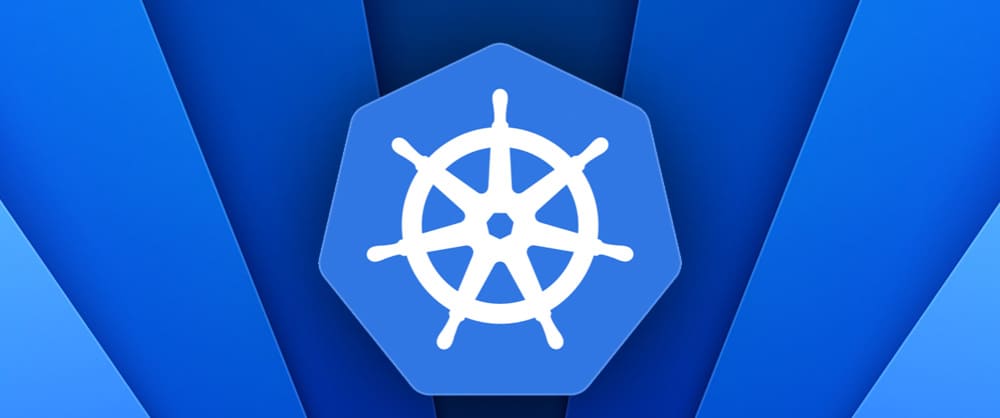Kubernetes: How to Manage the Infrastructure like an IT-giant?
-
3080
-
0
-
0
-
0
With the Docker appearance, the interest to containers has grown intensively, as deploying applications turned out to be so convenient that developers started to use such technology literally everywhere.
Cloud services have already given rapid access to huge amount of virtual facilities, which developer needs to manage. To cut a long story short, without an instrument, which allows scaling set containers, based on a big amount of hosts and load balancing, we can’t move further in applications development anymore.
What is Kubernetes actually?
Here comes Kubernetes in handy. Let’s see what solution Google offers to us. Started in 2014 by Google, Kubernetes is a special open platform and its main goal is to improve the process of automated deployment, scaling and using applications containers. Kubernetes provides container-centric infrastructure and allows to improve the processes of customer demand responding. Basically, it focuses on creating a solid ground for managing hundreds and thousands of containers.
How can it help?
Let’s also figure out how Kubernetes can be useful for your application development process. With this innovative Docker container platform you have an opportunity to:
- Deploy applications safely, quickly and in a predictable manner
- Release new features smoothly
- Scale your app out of hand
- Confine hardware usage to appointed resources
Nowadays, the applications and their software systems are designed with a big amount of moving parts. Of course, such complexes need to be deployed and updated instantly and with an ability to make iterations and innovations. Quite soon it becomes harder to coordinate the work involving large numbers of containers.
Fully-managed Kubernetes solutions give you an opportunity to focus on application as a product or service for users, rather than being obsessed with lots of separate containers. Kubernetes makes you forget about the deployment complexity because it is an application-centric platform with an ability of smart scheduling to raise your cluster resource efficiency.
Before we had Kubernetes in application deployment, we needed to install the app on a host with the help of operating system package manager that caused a mess in app`s libraries and configurations. Now with the help of Kubernetes, we have containers, which are separated from the host. Moreover, they have isolated file systems and can’t see each other’s files and processes. The fact that each application occupies one fast and small container image, enables a huge number of benefits.
To sum up, we can characterize Kubernetes as a public multi-cloud application-scaling and deployment platform, which allows us to improve the whole application development sphere with innovative Google technologies. We can talk about Kubernetes for hours and more, but isn’t it better to start using the platform and to experience the advantages yourself?


